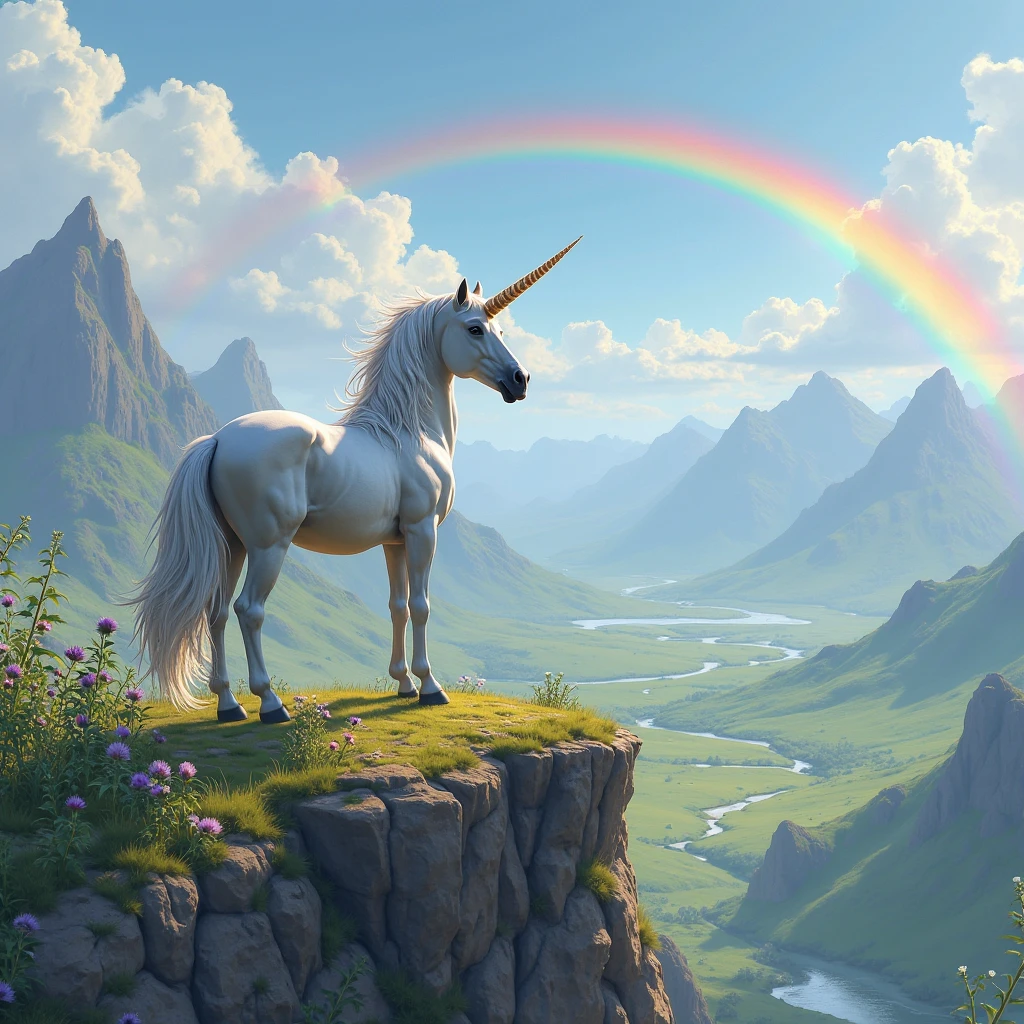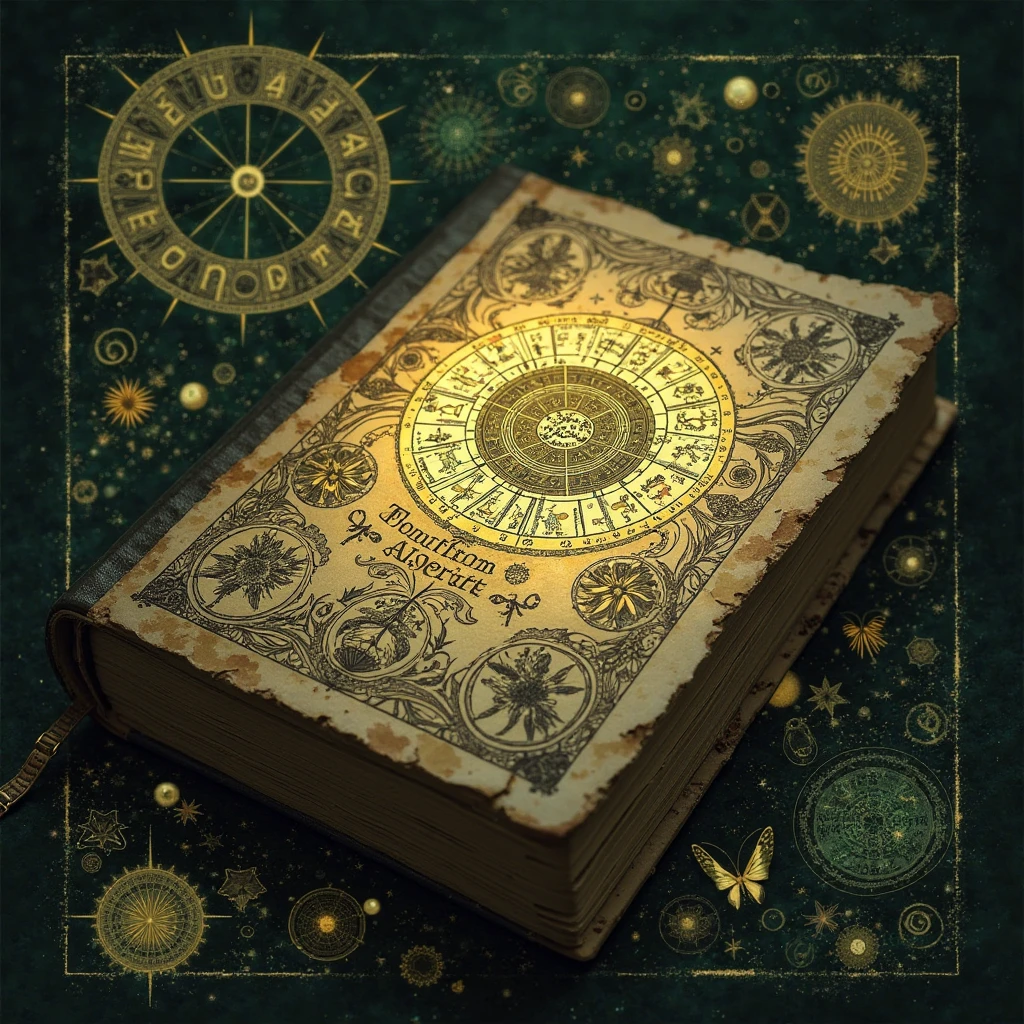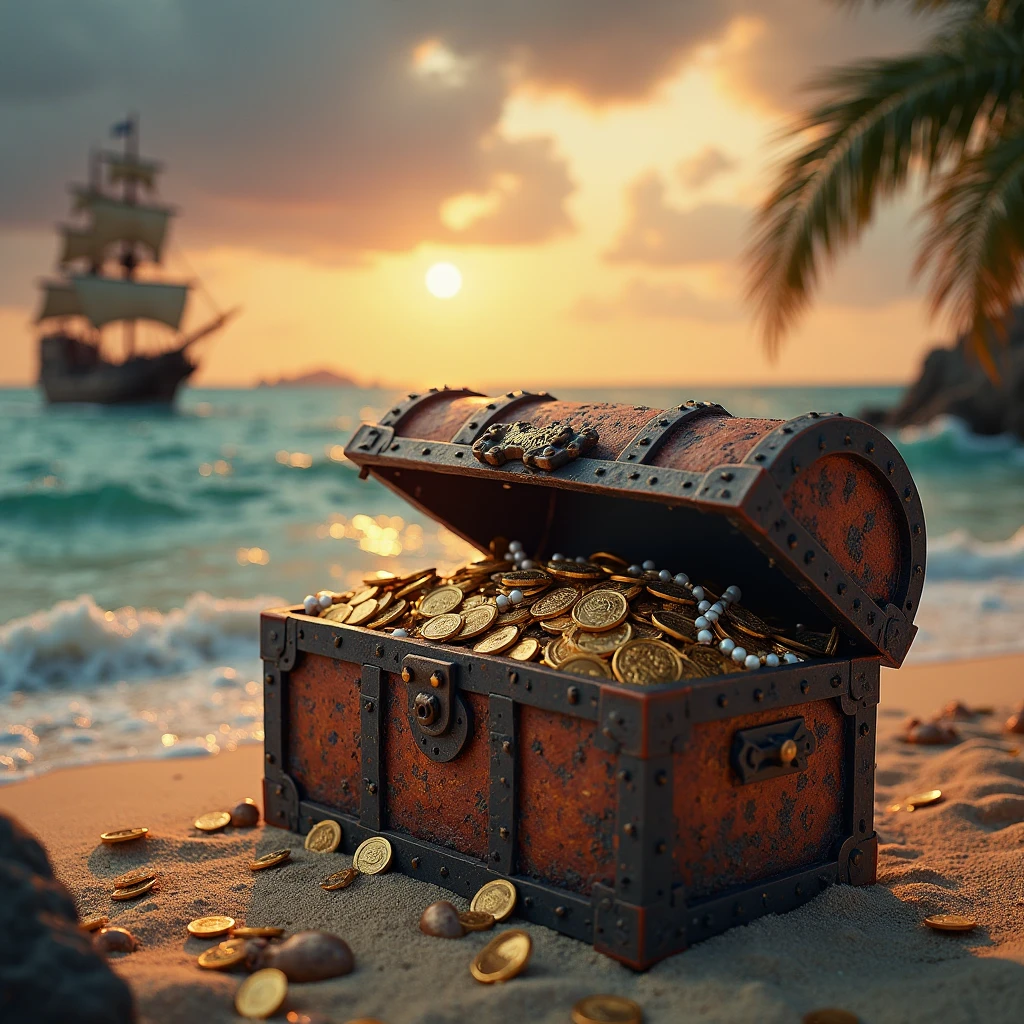Scotland might bring up images of green hills, foggy castles, and the sound of bagpipes in the Highlands. The unicorn is Scotland’s National Animal, which may surprise you. Indeed, a legendary monster serves as the nation’s official symbol.
So, why choose a unicorn?
Scotland has a long history of solid independence, magic, and myths. The unicorn represents this spirit well. In ancient Celtic myths, unicorns stood for purity, strength, and freedom. These traits connect deeply with the Scottish people.
The unicorn first appeared in Scottish heraldry in the late 1300s. King James III added it to the royal coat of arms by the fifteenth century. He thought the unicorn’s power made it a fitting protector of the crown. The British royal coat of arms in Scotland has a lion on one side and a chained unicorn on the other. These represent England and Scotland.
The chain may seem strange, but it serves a purpose. In legends, unicorns were strong and pure. Only a virgin could tame them. They had to be chained to control their power.
You can spot the unicorn on Scottish coins, in government buildings, and on souvenirs. It is still a proud and potent representation of Scotland’s natural beauty and magical past.
What Is the National Animal of Scotland?
The Scotland’s National Animal isn’t a Highland cow or a red deer—it’s the unicorn. While most countries choose real animals as national symbols, Scotland went with a creature from folklore. This choice reflects the nation’s love for mystery, bravery, and independence.
The unicorn was first tied to Scottish royalty in the 15th century when Scottish kings adopted it as a symbol of strength. Unlike the lion, which represents England, the unicorn stood for Scotland’s untamed spirit. Today, it features on the royal coat of arms with the lion. This shows the unity of the United Kingdom and honours Scotland’s unique identity.
Why Is Scotland’s National Animal a Unicorn?
The unicorn is a mythical creature, but in Scotland, it’s more than fantasy. It is a Scotland’s National Animall that is connected to identity and history.
A Symbol from Celtic Mythology
Celtic mythology is where the story of the unicorn in Scotland begins. The unicorn was considered by the ancient Celts as a symbol of strength, healing, and purity. Like Scotland, these noble creatures are known for their strong independence.
The region is characterized by wild nature and a strong warrior culture. The unicorn’s selection as the national animal demonstrates a strong desire for individuality. It also highlights virtues like independence and bravery.
A Royal Statement
In the 15th century, King James III introduced the unicorn to Scottish coins and royal emblems. This wasn’t a whimsical decision. At the time, people believed a unicorn’s horn could purify poisoned water—a powerful symbol of protection. When Scotland joined England in 1707, the unicorn was prominently shown with England’s lion on the royal shield of arms.
You can still find these symbols today in historic places. They show up at Stirling Castle. This place was once home to monarchs, including Mary Queen of Scots. You can also see them on the front of St Giles’ Cathedral in Edinburgh.
Defiance and Pride
The unicorn also carried a hidden message. In medieval times, legends said only a virgin could tame a unicorn—a metaphor for Scotland’s refusal to be controlled by outsiders. When England’s lion appeared on the royal arms, Scotland’s unicorn was chained on purpose. This showed strength under restraint.
Celebrate National Unicorn Day
Every year on April 9, we celebrate National Unicorn Day. This day honors the unicorn and its special place in Scottish heritage. Now is a perfect time to explore castles, enjoy folklore, and see the magic in Scotland’s identity.
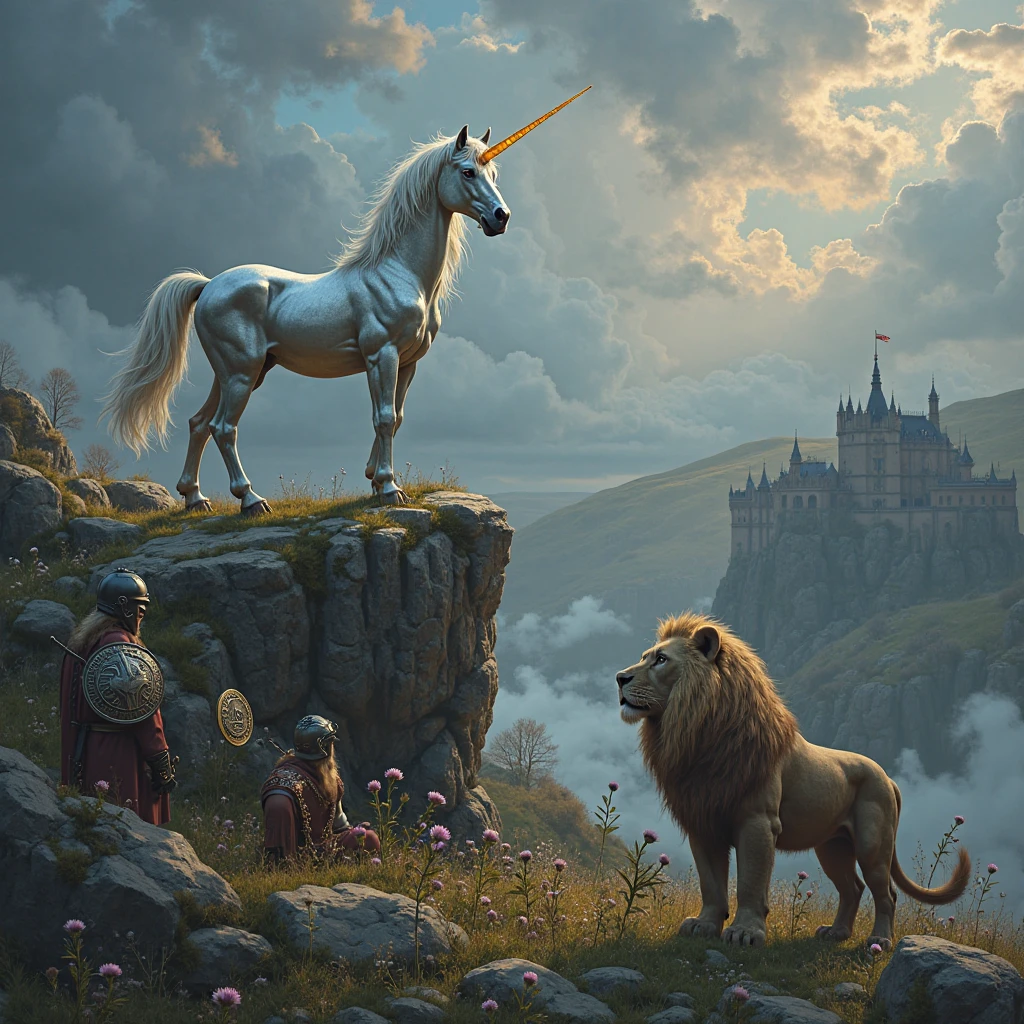
The Unicorn in Scottish Royalty
The Royal Coat of Arms and Monuments
Visit the Palace of Holyroodhouse in Edinburgh. You’ll see unicorns all around—carved in stone, woven into tapestries, and guarding gates. These symbols remind visitors of Scotland’s royal legacy. The unicorn also appears at St Andrews, Scotland’s oldest university, where it represents wisdom and nobility.
A Legacy Preserved
After the union of Scotland and England, the unicorn kept its place on the UK’s royal coat of arms. Today, it stands crowned and chained, holding a shield with Scotland’s flag. This design reflects Scotland’s enduring pride, even as part of the United Kingdom.
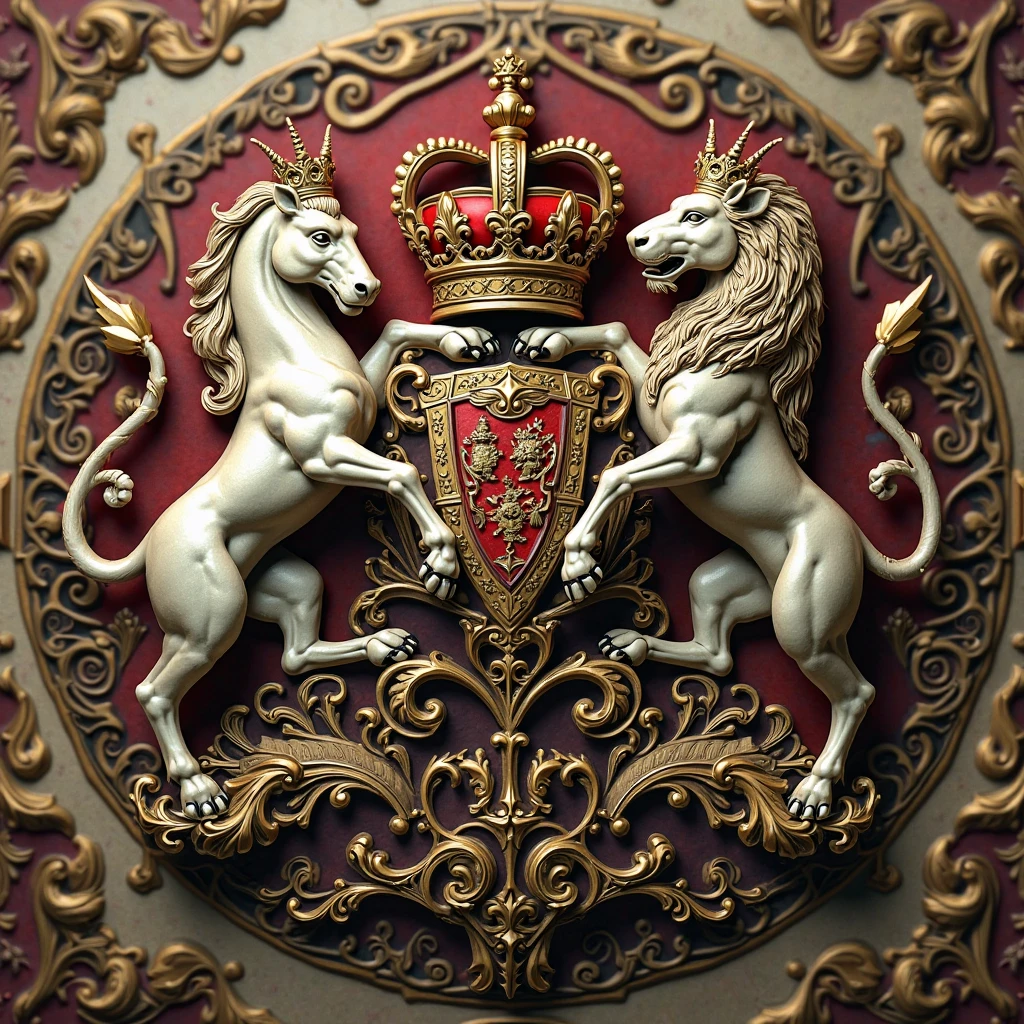
The Unicorn Today: From Myths to Modern Scotland
In Architecture and Art
Scotland’s love for its national animal shines in its architecture. The Palace of Holyroodhouse, Edinburgh Castle, and even local pubs feature unicorn motifs. In St Andrews, the unicorn graces the town’s crest, blending history with modern life.
A Cultural Icon
The unicorn isn’t just a relic of the past—it’s a pop culture star. From festivals to sports teams, the unicorn represents Scotland’s national pride. It’s a playful yet powerful reminder of the country’s mythical roots.
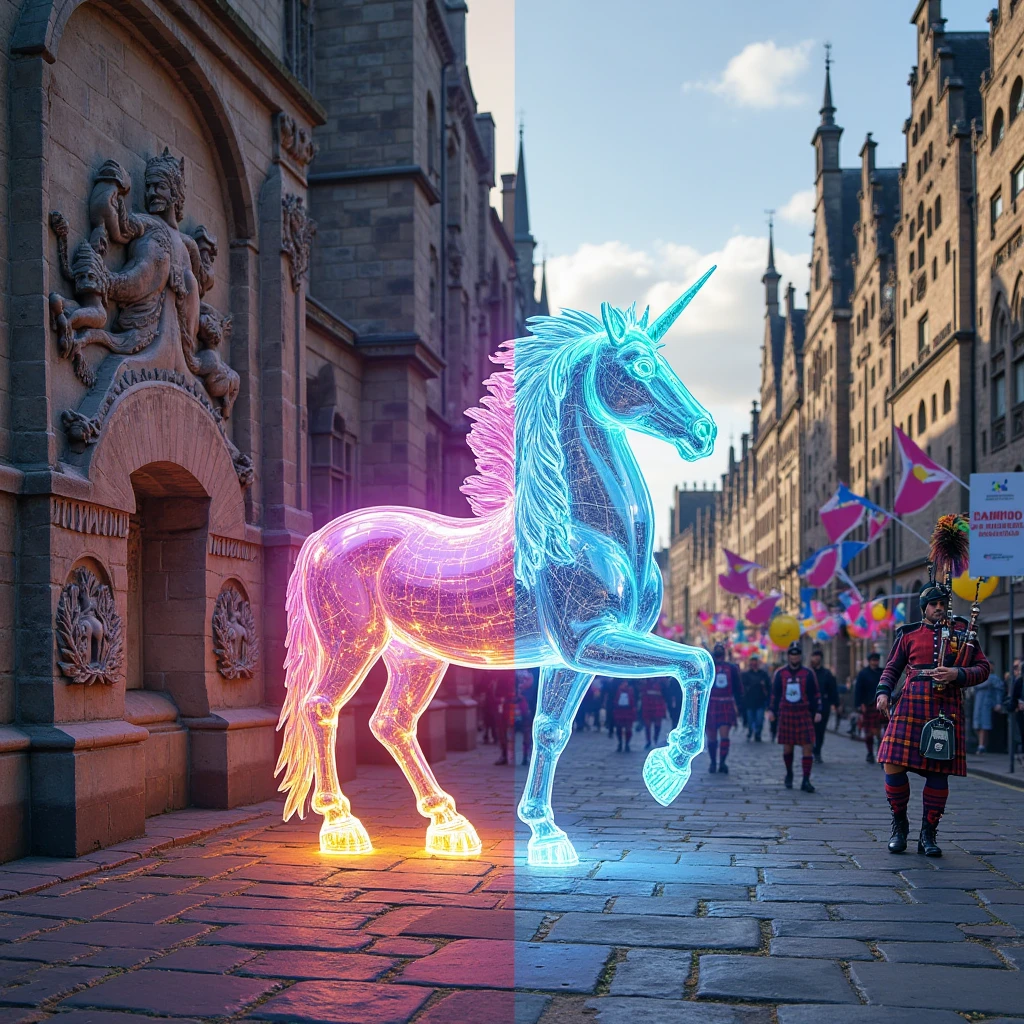
Conclusion
A Symbol as Wild as Scotland Itself
Unicorn chosen as the Scotland’s National Animal. This choice isn’t just fun; it’s a strong statement of identity. The unicorn comes from Celtic mythology. It represents purity, freedom, and strong independence. These traits show the true spirit of Scotland—untamed, proud, and wild. Unicorns show up in old tales and medieval stories.
They are seen as magical beings of nature, both admired and feared. For the Scottish people, it became a symbol of pride. The noble animal stood strong, like the rugged Highlands and the brave warriors who defended them.
You’ll find this mythical beast in the country’s history and architecture. Look for it in the statues at Stirling Castle and the carvings inside St Giles’ Cathedral. The unicorn appears on the royal coat of arms, usually in chains. This doesn’t mean it’s submissive. Instead, it symbolizes power that is kept in check. Mary Queen of Scots even used unicorns in her emblems. It reminds us that legends live on today. So the next time you spot a unicorn, know it’s not just a fairytale—it’s the fierce heart of a nation.

